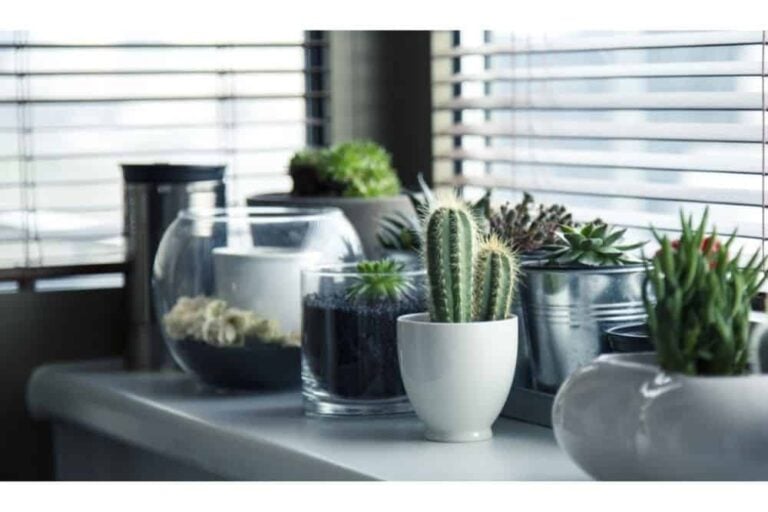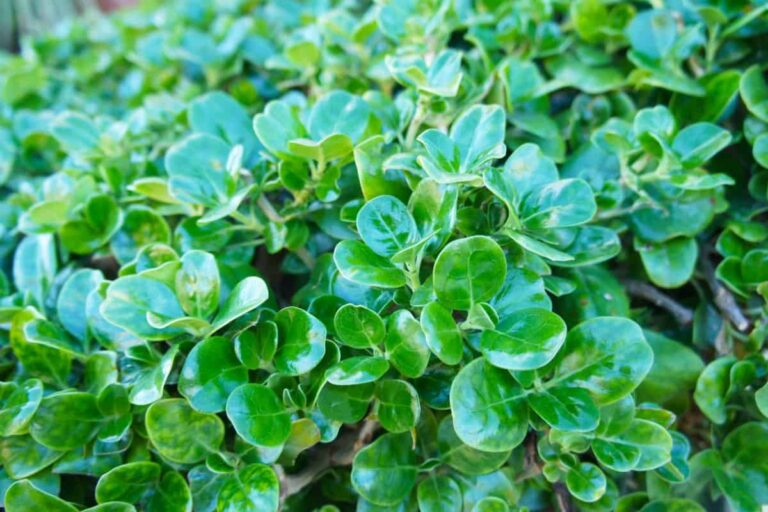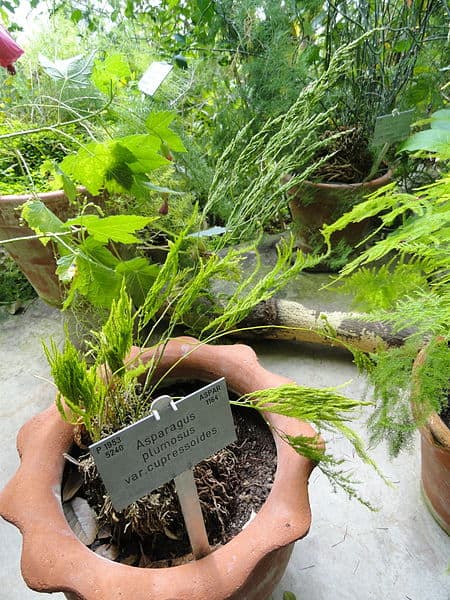Planting Carrots: A Primer
Planting carrots is an easy way to grow vegetables in a small space for good yields. This cool-season vegetable does best in sites with full sun and rich, fertile soils. While carrots prefer spring plantings, you can find the one for your garden from the over 100 varieties available no matter what the conditions.
Well-tilled soils provide the ideal setting for seeds planted ½ inch below ground in rows less than two feet apart. One row of carrots plants will yield about 1 ½ pounds of carrots. With multiple plantings, you can reap a harvest through the entire growing season.
Site Selection
Choosing a place with the conditions that carrots prefer will help ensure a good harvest. This cool-season vegetable does best in full sun with minimal shade.
You should plant carrots away from shrubs or trees that might block sunlight from reaching your plants. The ideal spot will also have sandy or loose soil that drains well.
Heavy, clay soils present a barrier to young plants trying to find new room to grow underground, hence, the preference for loose soils. Carrots are relatively shallow rooted when compared to other garden plants like cucumbers or corn with their longer root systems. The taproot of a carrot, on the other hand, extends less than other plants.
In addition to the loose texture, carrots like fertile soils with plenty of organic matter. Faster-growing varieties have to tap into a rich source of soil nutrients quickly to produce a good product. But if that doesn’t describe your garden, don’t worry. You’ll find a large variety of carrots that cover a broad range of settings and conditions.
Types of Carrots
Over 100 varieties of carrots exist with varying shapes, sizes, and colors. You have plenty of choices for matching your tastes or for finding a carrot variety that can compensate for potential issues with your garden. Consider the challenges of your site to choose a more appropriate kind.
Does it tend to be warm where you live? You might want to consider planting Coral II Carrots which can handle the heat. Are pests such as leaf blight a problem in your area? Blight-resistant Kuroda Carrots might be just the thing. The chances are that you find a variety that can overcome many common problems.
Generally speaking, you want to avoid planting longer varieties of carrots like Imperator Carrots in heavier soils. Small round varieties like Thumbelina may make a better choice at these sites. Growing carrots offers other opportunities. You could also choose a more classic vegetable with an heirloom variety like Red-Cored Chantenay Carrots or Oxheart Carrots.
But your choices don’t stop there. Feeling a bit adventurous? Add some color to your carrot recipes by planting the White Satin Carrot or Purple Rain Carrot. You don’t have to feel limited to growing only orange carrots. In fact, planting yellow carrots would take you back to the roots of carrot history.
When to Plant Carrots
The next question is when to plant carrots. Unlike warm-season vegetables, you don’t have to wait until after the last frost to plant. In fact, you should plant carrots from seeds about three weeks before the last frost. Cooler temperatures make carrots taste sweeter, explains Liz Roth-Johnson of UCLA.
There is some wiggle room for the precise time to plant, depending upon the variety of carrot. Some carrots are not that forgiving. Later-season varieties like Purple 68 Carrots may bolt if you plant them too early. Bolting occurs when a plant grows a flower stalk quickly in response to a temperature change.
When a plant bolts, it turns its energy toward growing the flower stalk instead of the root underground. The result is small and spindly vegetables. For decent-looking vegetables, you want carrot plants to concentrate food and energy on the production of healthy edible taproots rather than seed production.
Preparing the Soil
Preparing the soil before planting is one of the best things you can do to help your carrots flourish. The University of Minnesota Extension recommends testing your soil before planting. Carrots don’t like acidic soils, but that doesn’t mean you can’t plant them if that describes your site. Instead, you can correct less-than-ideal conditions by adding lime or fertilizer.
You should till your site well to ensure the soil is loose to make it easy for young plants to grow. However, while correcting for pH is okay, you shouldn’t add fresh manure to your garden. It may end up encouraging weeds which spell doom for carrots that don’t handle competition well. Likewise, you shouldn’t use a weed/feed type fertilizer which can kill your carrot plants.
The important thing is to make the most of your garden site. As a general rule-of-thumb, you shouldn’t plant carrots in the same area more than once every three years, recommends Cornell University. The reason lies with disease and pests. Successive plantings set the stage for common pests like flea beetles and carrot root flies to take up residence in your garden.
Going Underground
Now that your soil is ready, it’s time to start planting. You can seed carrots in rows about one to two foot apart. Push a seed about a ½ inch underground and the same distance apart. Germination is another story. You have to be patient with carrots. Germination can take as long as three weeks from planting.
Meanwhile, make sure the area stays week free. The advantage you have with a vegetable like carrots is that you can get additional plantings in every three weeks so you can enjoy a plentiful harvest throughout the growing season. Carrots take about 80 days to harvest, depending upon the variety. You can harvest some varieties like Baby Spike in as little as 52 days.
Planting carrots offers an easy way for a beginner to get started with gardening. Even a small patch can provide a sizable harvest of about 1 ½ pounds per row foot of plants. With so many varieties to choose from, planting carrots will continue to dish up some surprises and delicious meals.






